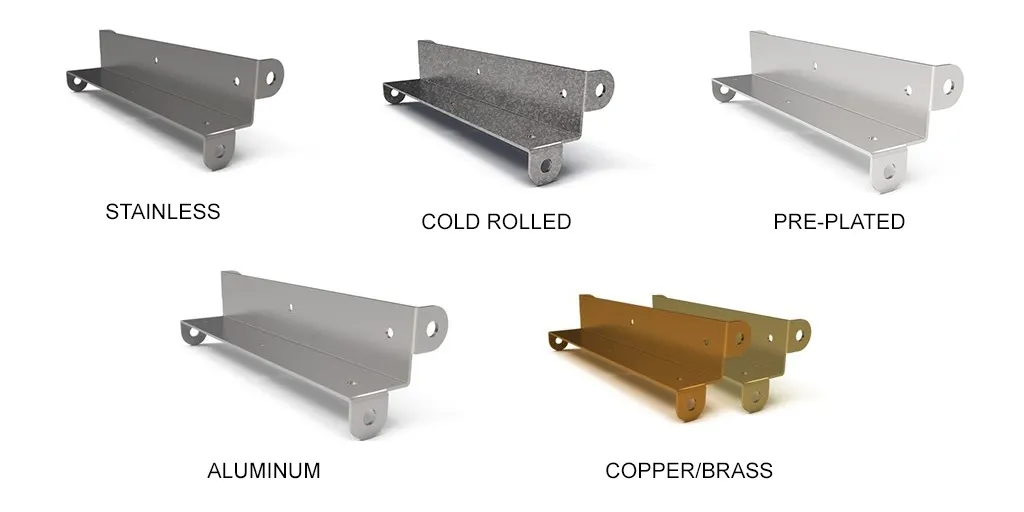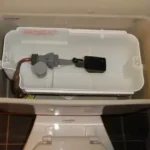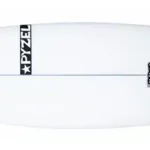Sheet Metal Screws from Wood Screws, A screw should not just be seen as a screw. There are many distinct kinds of screws, each specifically made for a specific task and used with a particular material.
Most stainless steel screw varieties are relatively simple to distinguish from one another because of their distinctive forms, lengths, heads, threads, and points. However, sheet metal screws and wood screws are two distinct screw kinds that are difficult to distinguish from one another.
The fundamental distinction between them is that one is used for sheet metal, while the other is for wood, but how are they made for these different uses? They appear similar at first glance and have heads ranging from flat to oval or round, with Philips and straight or square driver slots. How do you recognize the distinction?
The thread is where you can see the difference. Sheet metal screws have a narrower, sharper thread that extends the full length of the screw. On the other hand, wood screws have a wider spaced, medium-depth thread. Some longer wood screws frequently feature a threadless shank at the top.
It’s not really possible to interchange these screws. If you’re in a bind and don’t have enough of the correct screws on hand, you can use a sheet metal screw on wood. However, wood screws can not be used on metal sheets. When used on sheet metal, wood screws are unlikely to create a tight enough bond, especially if they have a threadless shank.
Table of Contents
Sheet Metal Screws vs Wood Screws for a DIY Project
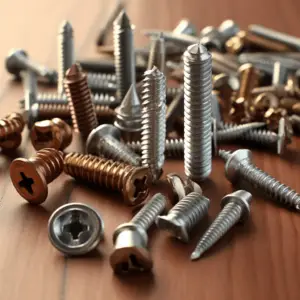
Wood and sheet metal screws have similar functions and uses, but they differ in specific ways, making them suitable for different jobs.
Use of Sheet Metal Screws
Sheet metal screws have different design features from wood screws targeted toward securing metal-based materials and rigid plastics. These self-tapping screws are often used to fasten sheet metal to various materials such as metal, wood, fiberglass, plastic, or other materials.
Few metal materials come with pre-drilled holes; thus, for best effectiveness, it is occasionally necessary to employ screws that can drill their own pilot holes. Self-tapping metal fasteners may easily cut their threads through thin metals and offer a secure hold. Metal screws are made to resist the strain of securely holding together large amounts of heavy metal over a lengthy period.
Sheet metal screws are fully threaded to increase grip and completely secure the two connecting pieces. Metal screws are the most adaptable type of screw, so you may use them to attach any material, including plastic, fiberglass, and wood, to a metal basis. Additionally, they can be used to fasten brackets, hasps, hinges, and other hardware.
Use of Wood Screws
Although wood screws and metal screws share some similarities, they differ enough to be used for different purposes. As their name implies, wood screws are ideal for securing materials such as lumber, plywood, or other sorts of wood.
Wood screws are suitable for use with these softer materials due to a few important design elements, but they may also be used to attach hardware to wood, provided a pilot hole is bored to fit the screw’s unthreaded portion.
They are suitable for usage in various situations as far as wood fasteners go because of their flexibility.
Wood Screws
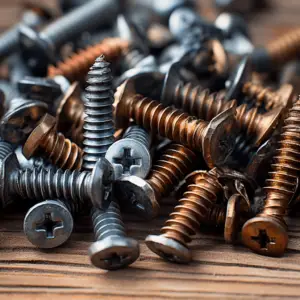
Wood screws are very useful for woodworking applications because they feature a sharp point that can pierce wood. Since most wood screws are only partially threaded, you can join two pieces of wood more securely while causing the attached wooden item the least amount of harm. To reduce damage and prevent cracking, wood screws are spaced widely.
These screws, however, are specifically designed for fastening materials to wood; they may not have sufficient tensile strength for exceptionally heavy weights.
In other words, if you are trying to attach sheet metal, it is advisable that you use metal screws instead. They will provide higher strength and security and are simpler to drive into metal.
However, applications requiring plywood, timber, and other types of wood are better suited for wood screws.
Frequently Asked Questions
Self-Drilling Screw: What Is It?
A self-drilling screw is a screw whose drill tip can cut through sheet metal without a pre-drilled hole. Typically, the point of these screws is sharp and grooved. This enables drilling without needing a pilot hole because the tip can “bite” into the material. The tip shape prevents the wood from splitting when utilized on wooden materials.
What Materials Make Up a Sheet Metal Screw?
Carbon steel is most frequently utilized to make sheet metal screws. This is because carbon steel is cheap. The drawback, in this case, is that carbon steel is vulnerable to rusting when exposed to moisture and strong chemicals. Because of this, carbon steel sheet metal screws work best indoors.
Can Sheet Metal Screws be Used on Wood?
Yes, sheet metal screws work well with wood. They might not always be long enough for the job, but they usually work in a pinch. But be cautious when using sheet metal screws when working with softwood. The delicate, brittle wood may shatter due to the thin thread of the sheet metal screws.
What are Self-Tapping Screws
Self-tapping screws have a pointed tip that may pierce metal to form the grooves required for its thread. However, a pilot hole is still required. The pilot hole should have the same diameter as the core diameter of the screw shank to allow the screw threads to cut into sheet metal or other material.
What is the Purpose of a Self-Tapping Screw?
Self-tapping screws, as the name suggests, create their own “small tunnels” when screwed into wood, plastic, or metal by carefully cutting threads. They help maintain products that require frequent disassembly and reassembly along the same threads. Self-tapping screws can be drilled using a standard hand-held screwdriver.
Are Drills Required for Self-Tapping Screws?
No, you can just use a screwdriver to install self-tapping screws. Before drilling the screw, it is preferable to drill a tiny pilot hole.
Final Take
Hopefully, this article has offered you a better understanding of the differences between sheet metal screws and wood screws. Just remember to consider the material you are driving the screws into; if it is wood, use wood screws, and if it is metal, use metal screws.
